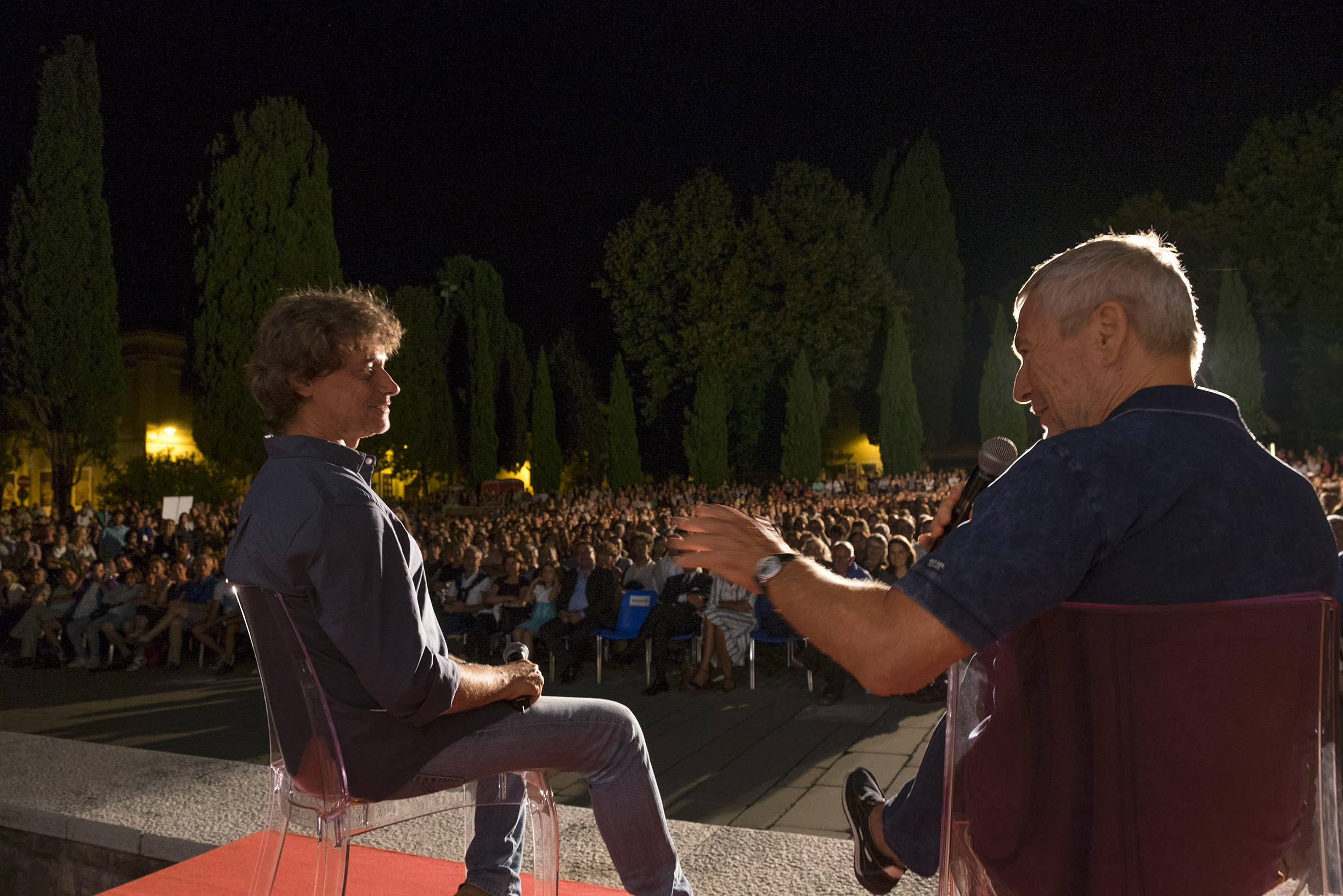![]()
Written by Sarah Court and Gamini Wijesuriya, People-Centred Approaches Programme & Project Manager, ICCROM – From GUIDANCE NOTE – ICCROM 2015
In order to be most effective and to build strong healthy relationships, community engagement needs to take place as early as possible. Dialogue needs to be an on-going activity over time, rather than providing information at later stages. People-centred approaches can be supported by any one of the groups involved in heritage through concrete actions, examples of which are listed below as suggestions of ways forward.
Decision- and policy-makers can:
- Give voice at a national/international level of the benefits that heritage can deliver to society
- Promote dialogue with development agencies to see heritage part of the sustainability agenda
- Revisit the management systems in place for heritage and assess the ways in which they can be adjusted to allow greater community involvement
- Allocate resources for capacity development in the area of community engagement
- Ensure that funding for heritage-related projects allow for community consultation and involvement
Practitioners can:
- Assess the existing management system and its ability to facilitate community engagement, making adjustments where possible, in particular to promote joint management processes and monitoring
- Identify and dialogue with communities
- Engage communities for the identification of heritage and its interpretation, and the strategic development of conservation projects
- Involve communities in defining values and assessing significance
- Set objectives that do not only aim to protect heritage but also to deliver benefits to society, then set joint management actions and share resources
Community members can:
- Be proactive in suggesting and organizing their own heritage-related initiatives
- Seize opportunities offered by policy-makers and practitioners to participate, engage in decision-making and volunteer
- Share knowledge about the heritage place
- Highlight concerns and request benefits
- Share available resources, not just money but human resources, services, etc.

